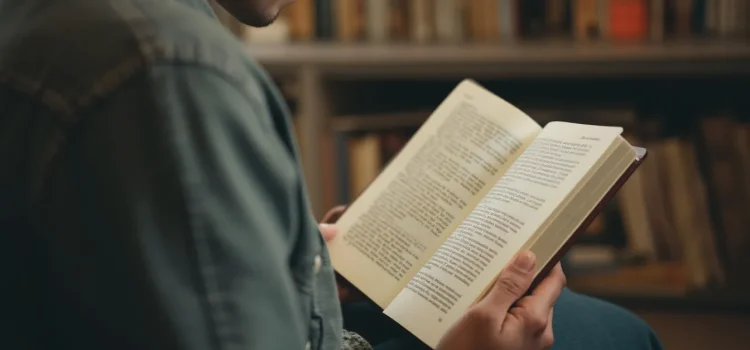Do you spend too much time doing activities that don’t benefit you? How can you choose your commitments more wisely? In Free to Focus, Michael Hyatt introduces a few strategies to increase your productivity. The first is to eliminate as many unproductive tasks as possible from your life. Let’s discuss how to stop being unproductive, from removing meaningless activities to turning down requests.
How to Stop Being Unproductive: Get Rid of Empty Activities










